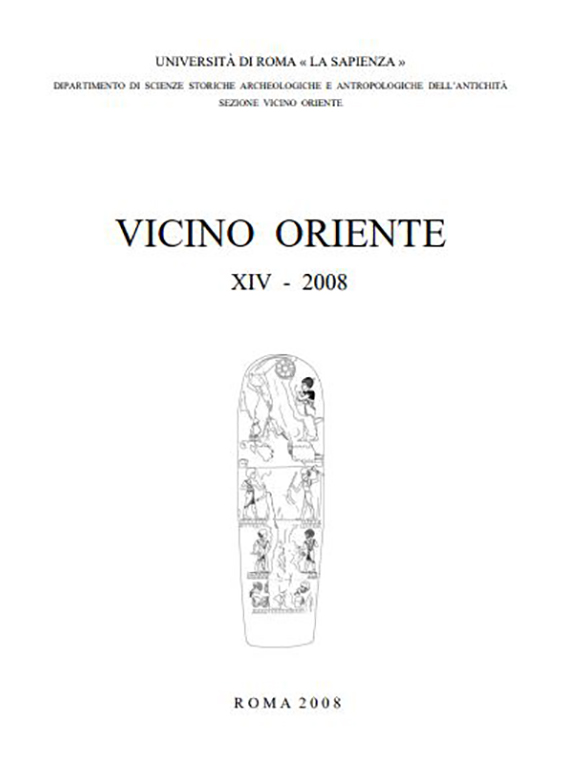Abstract
In this paper is shown an analysis of the iconography of the temple, as it is represented on the
cylinder seals during the Uruk, Jemdet Nasr and the Early Dynastic I Period in Mesopotamia.
Iconographic data are analyzed through a typological classification of the temples and the
associated scenes. Through typological analysis it is possible to recognize several “rendering
models”, both articulated in space and time.
The analysis of temple-models carved on the seals gives us hints on how real buildings should
have looked like, while the study of associated scenes sheds light on several aspects of religious
and political life connected to religious institutions.

This work is licensed under a Creative Commons Attribution-NonCommercial-NoDerivatives 4.0 International License.
Copyright (c) 2023 VICINO ORIENTE

